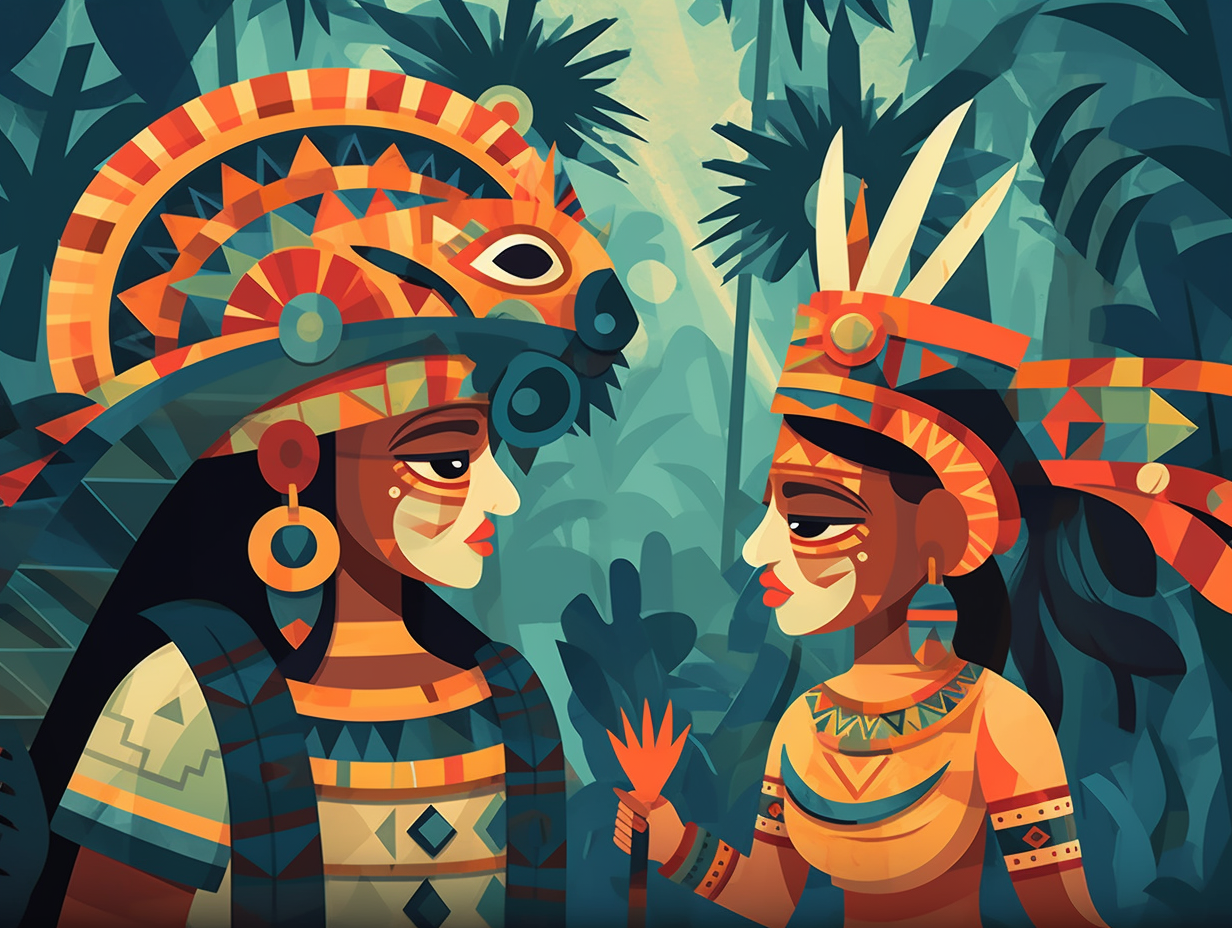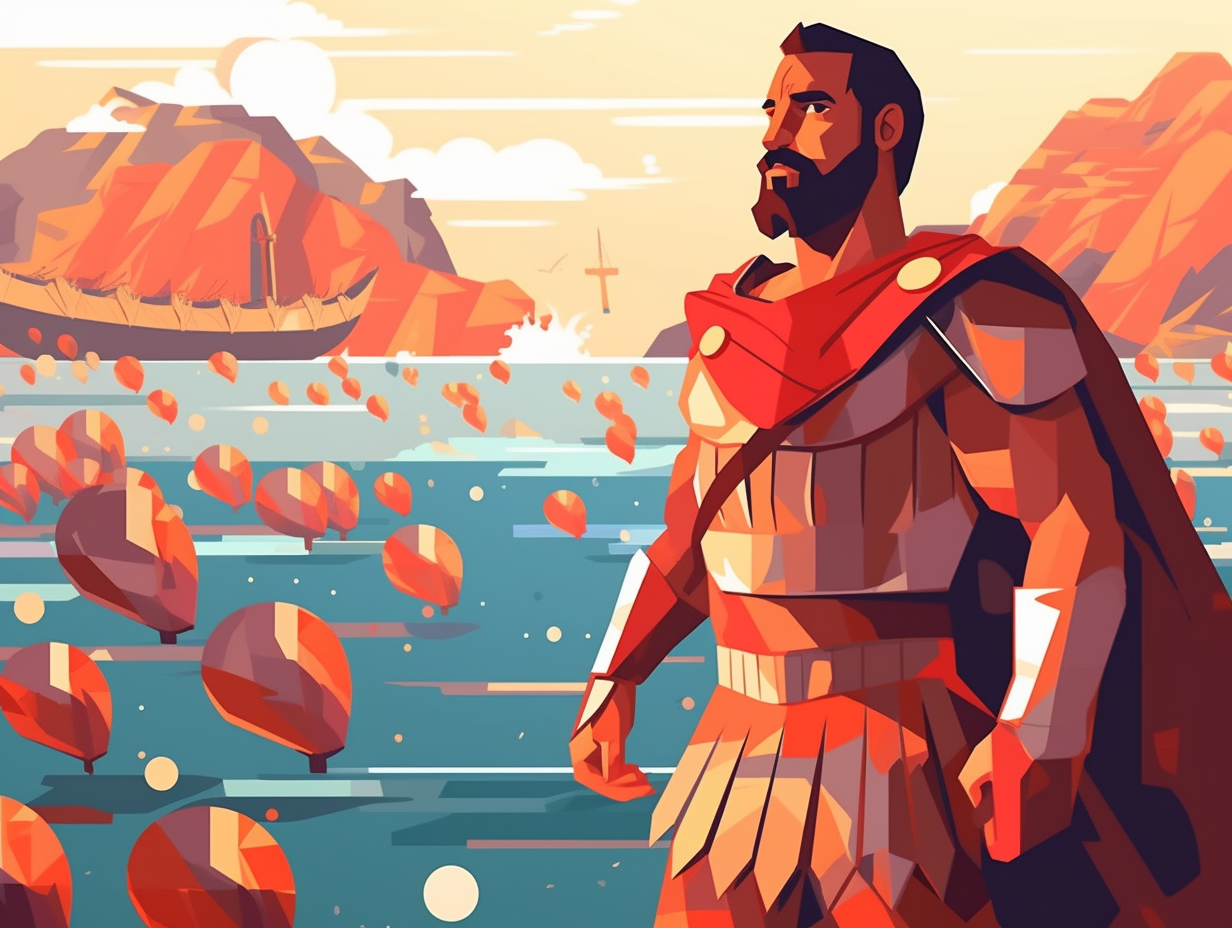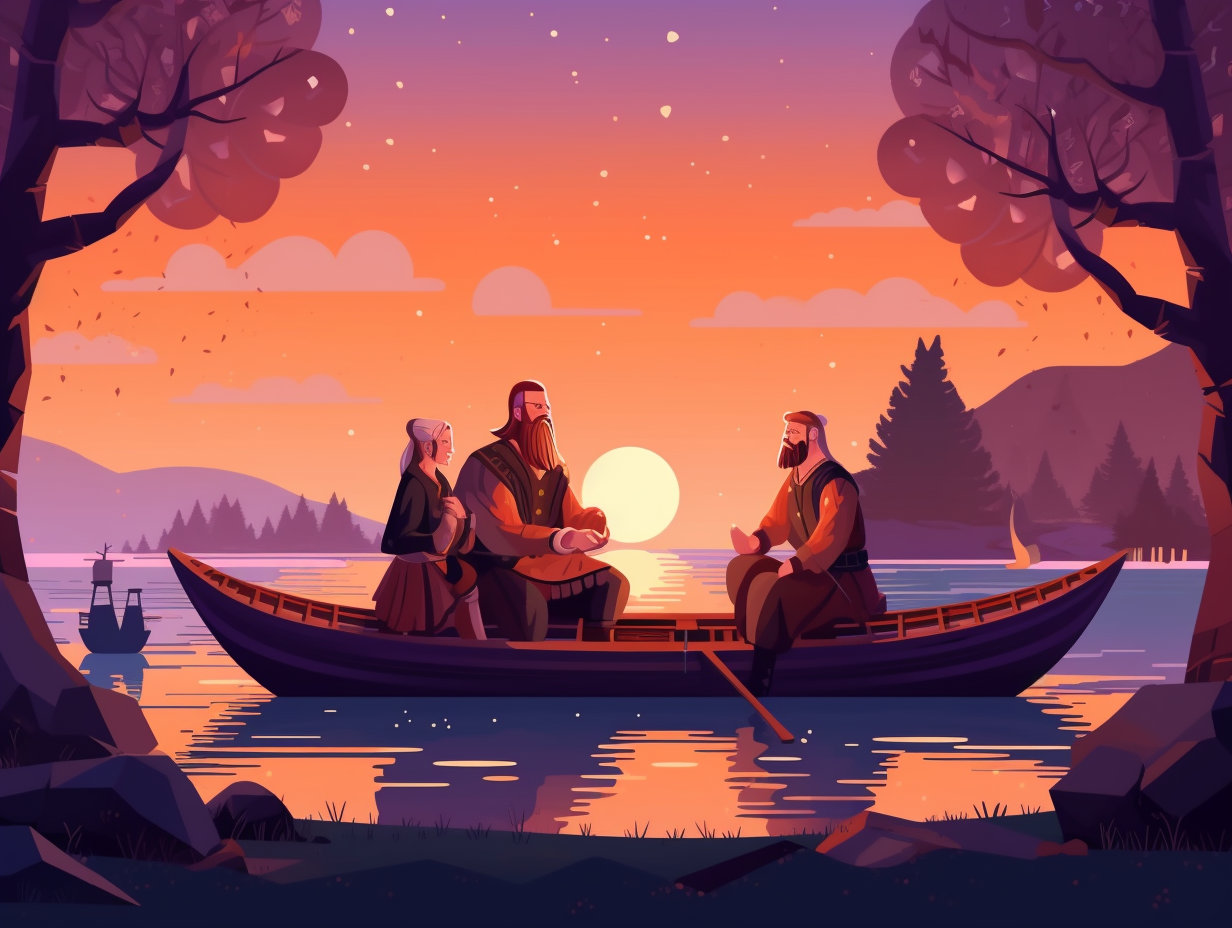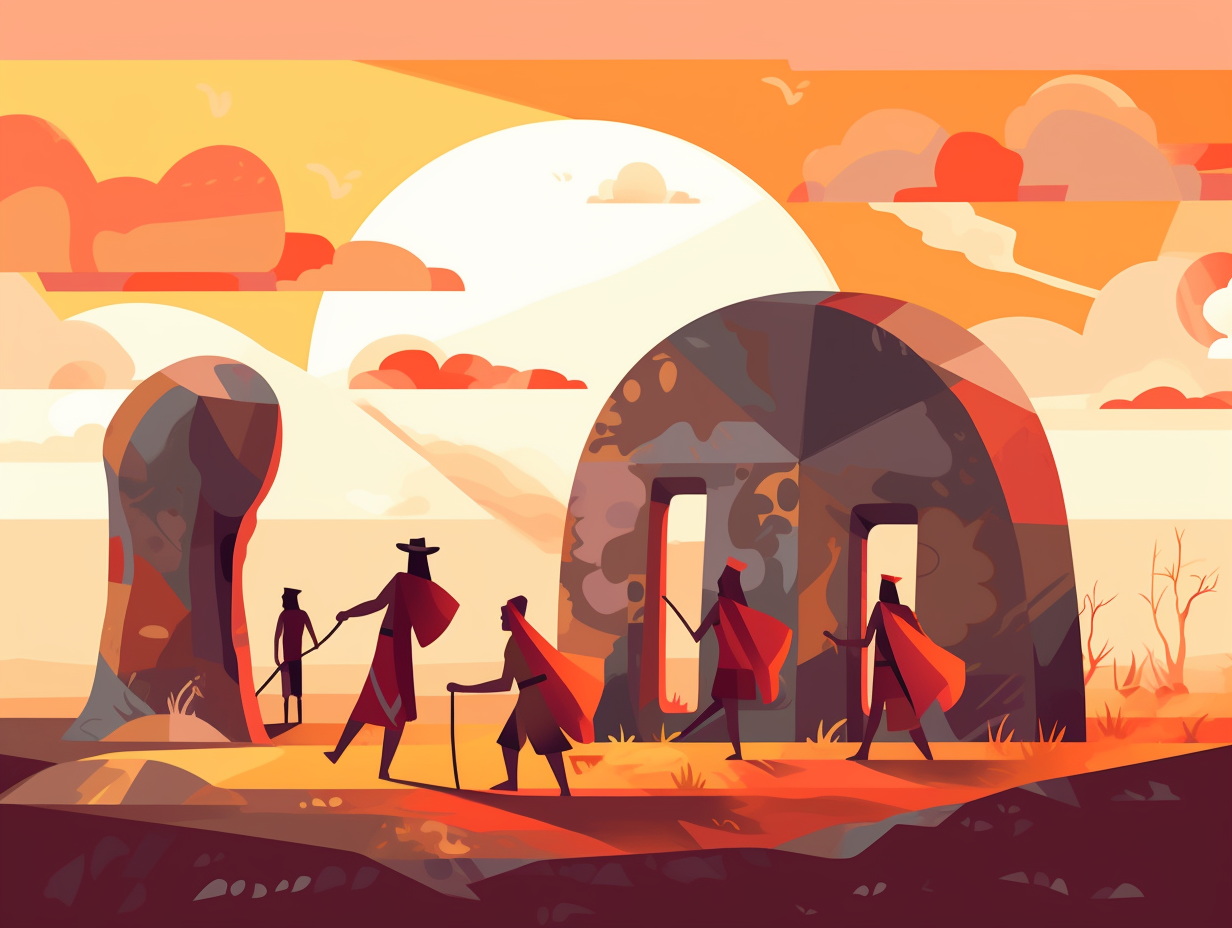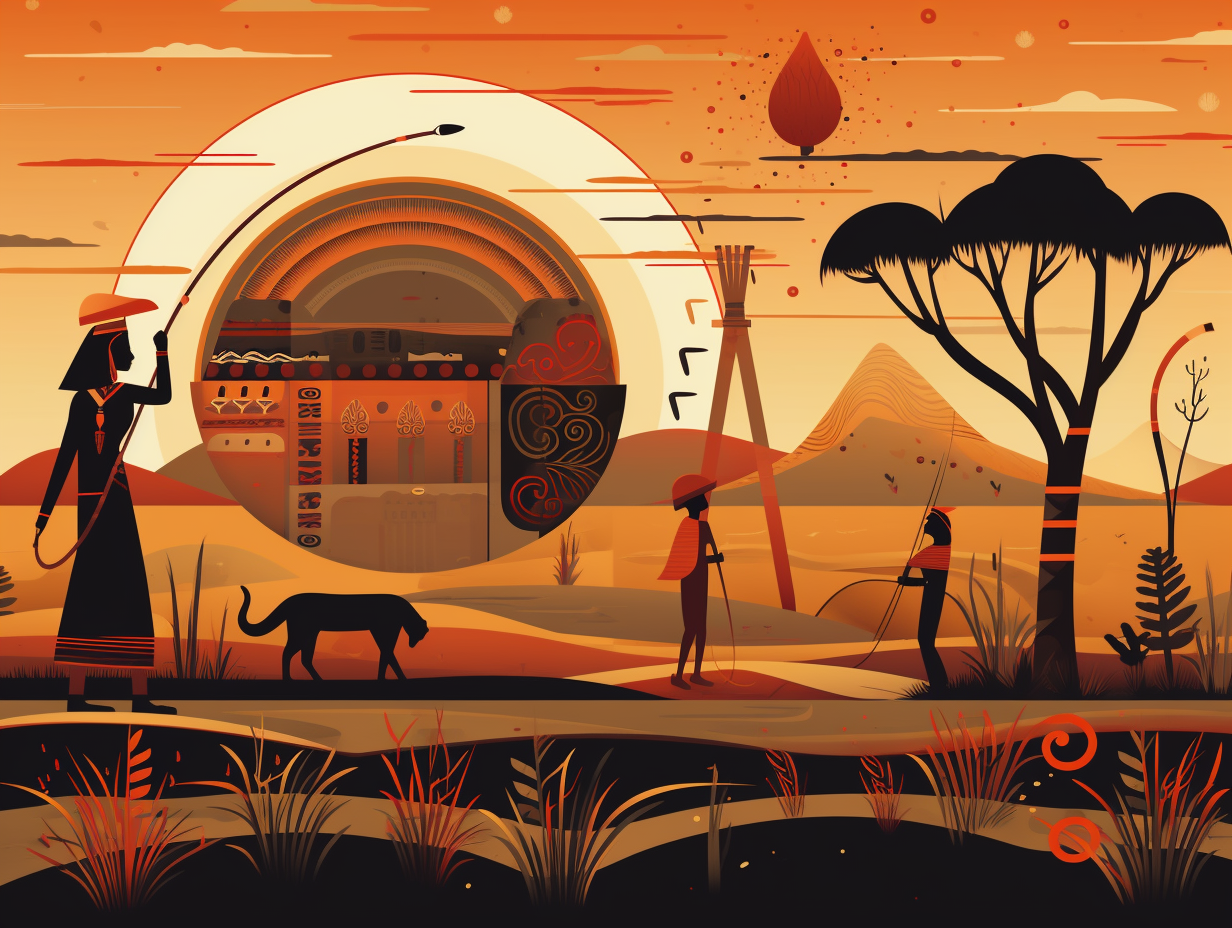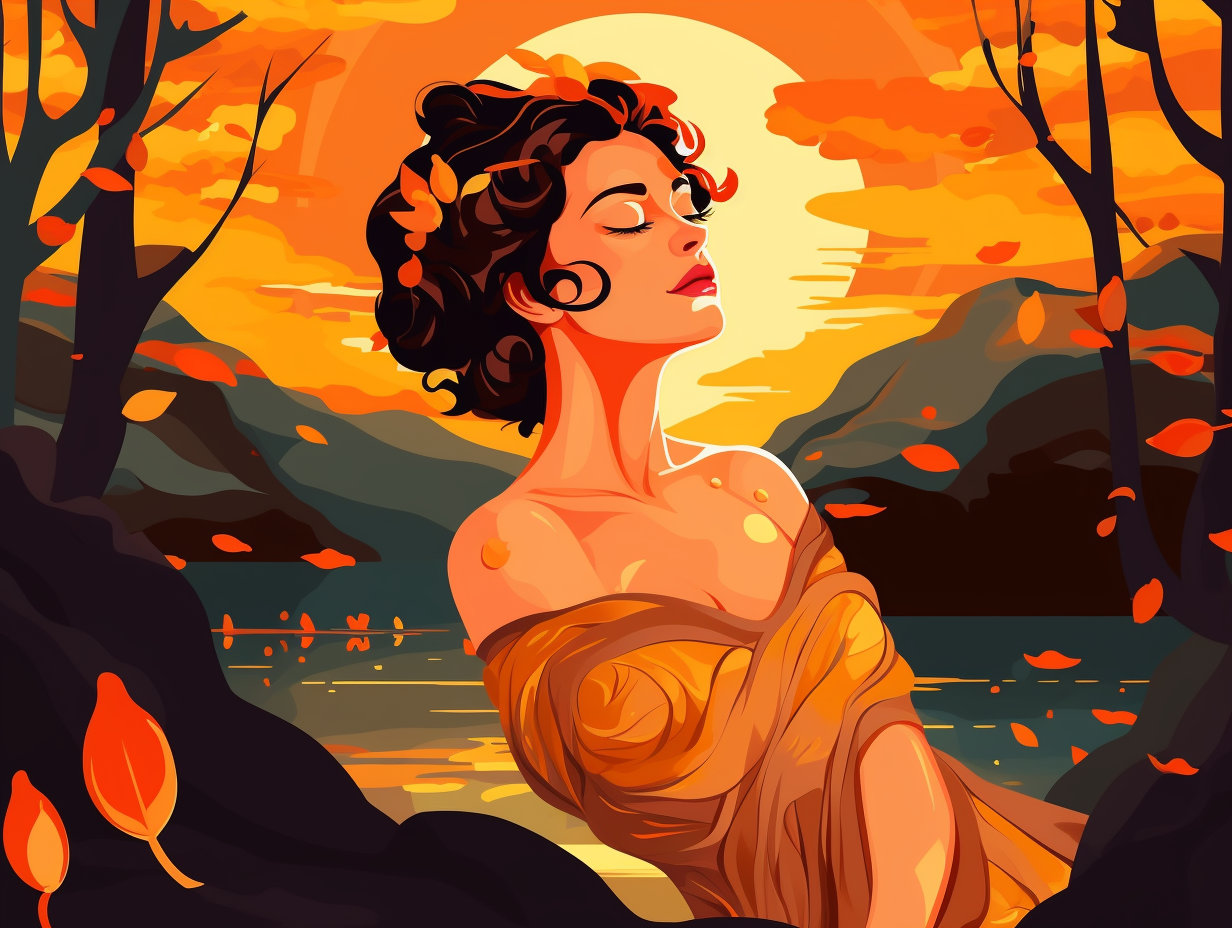Discover Mesopotamia: Top 10 Fascinating Facts that Will Amaze You!
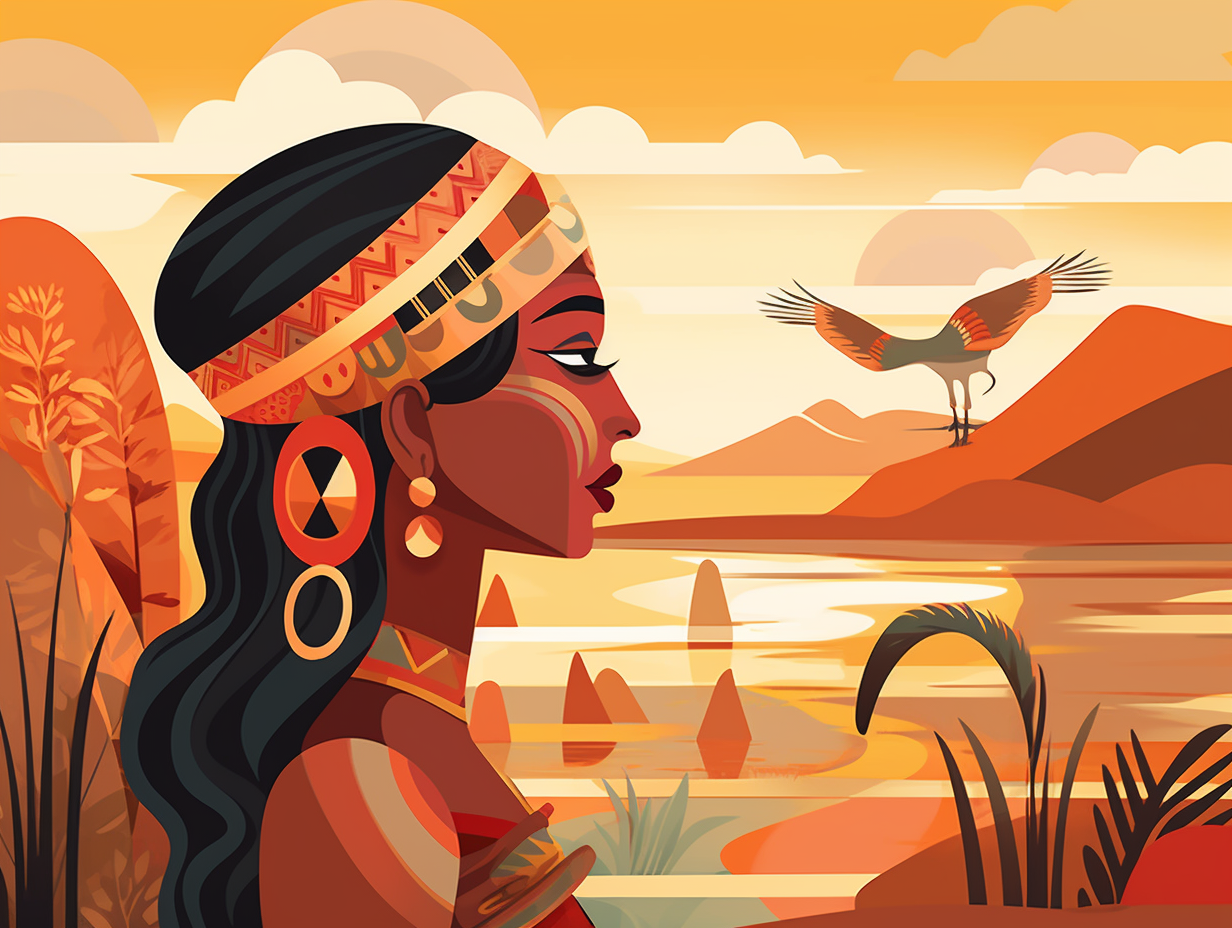
1. Ancient Un-URsistible Board Game
Before Uno, Monopoly, or Fortnite, there was a game that ruled ancient Mesopotamia, making its way across the sands and making players go, "Ur kidding me?": The Royal Game of Ur, dating back to 2600-2400 B.C., was discovered by archaeologist Sir Leonard Woolley in 1928 and is the oldest known complete tabletop game ever found. These decorative boards, made of wood, inlaid shell, and lapis lazuli, were a massive hit in the region for 1,000 years, traveling throughout the Middle East through soldiers, missionaries, explorers, and traders. The game held a mystical quality, with spaces aligned with zodiac signs and predictions of fortunes like beer and friendship. Rules of the Royal Game of Ur were deciphered in the 1980s by Irving Finkel, a curator and Assyriologist at the British Museum, illuminating a rare look into ancient Mesopotamian culture.
Source => nytimes.com
2. Emoji-free Cuneiform Love
Before emojis took over, the language of love was pretty heavy on clay: Mesopotamians developed the cuneiform writing system around 3200 BCE, first invented by Sumerians and later adopted by civilizations like the Akkadians, Babylonians, Hittites, and Assyrians. This wedge-tastic method involved pressing a stylus into soft clay, and served as a way to record their history, religion, and daily life until after 100 BCE.
Source => worldhistory.org
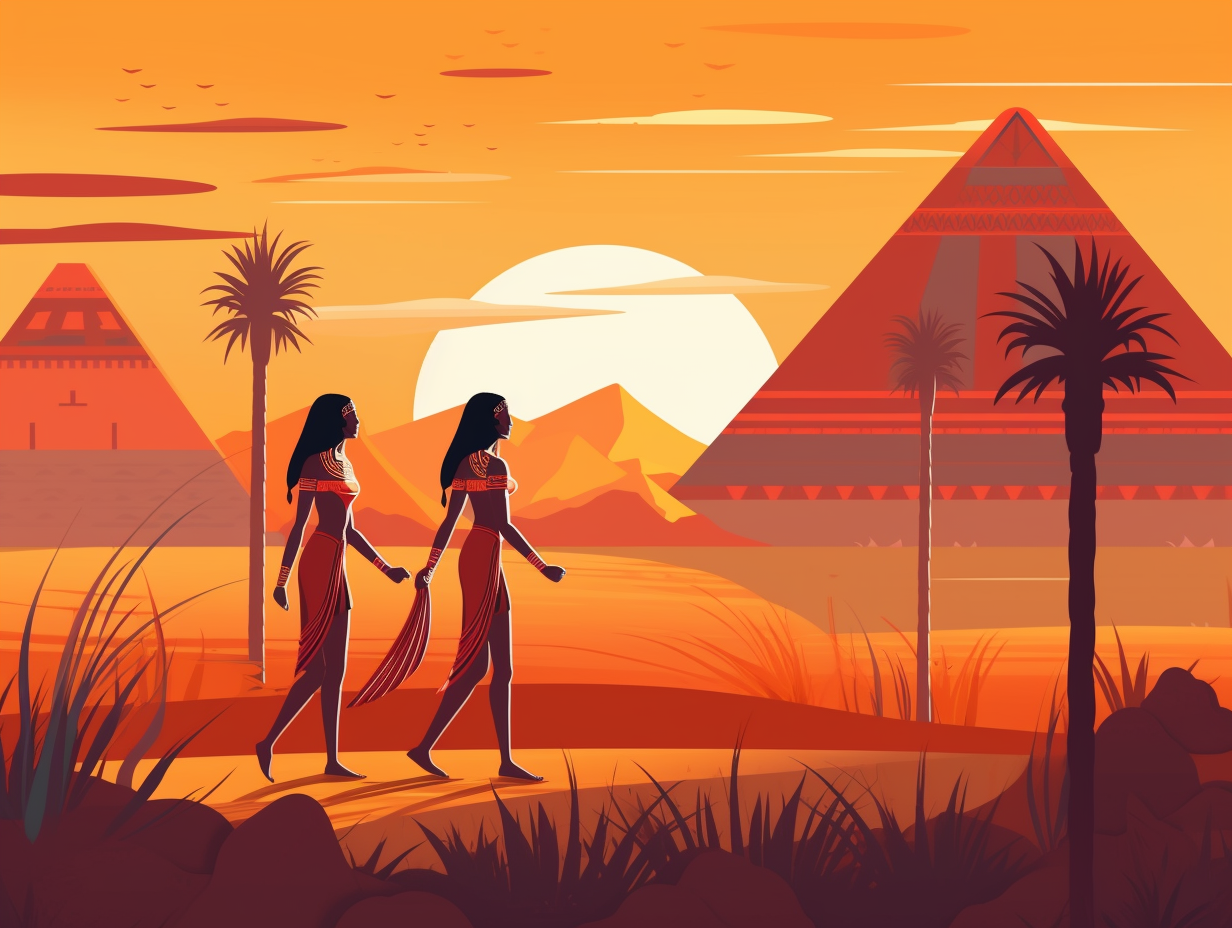
Did you know that the "pharaoh of sunscreen" Franz Greiter invented the sun-defending Glacier Cream in the 1930s, introducing the world to SPF and revolutionizing sun protection? Discover how this invention led to a multi-billion dollar industry! 🌞💡
=> Fun Facts about Egypt
3. Mesopotamian Lipstick Pioneers
Before Cleopatra's notorious "kiss of death" made its lethal mark, Mesopotamian women were early adopters of makeup without resorting to such deadly measures—beetle and ant crushing was so passé: They devised creative methods to adorn their lips, opting for alternative materials, long before the Egyptian queen popularized crimson lips with her potentially fatal, bug-based concoctions.
Source => en.vogue.me
4. Babylonian Star Signs
They say the stars aligned in ancient Mesopotamia, and boy, were those Babylonians serious about it: As the pioneers of astrology, the Babylonians devised methods to link celestial events to human fate, firmly believing that heavenly bodies governed their destinies, leading them to interpret astrological omens and assign relevant gods to the heavenly bodies, in turn influencing Greek and Roman astrological beliefs.
Source => factsanddetails.com
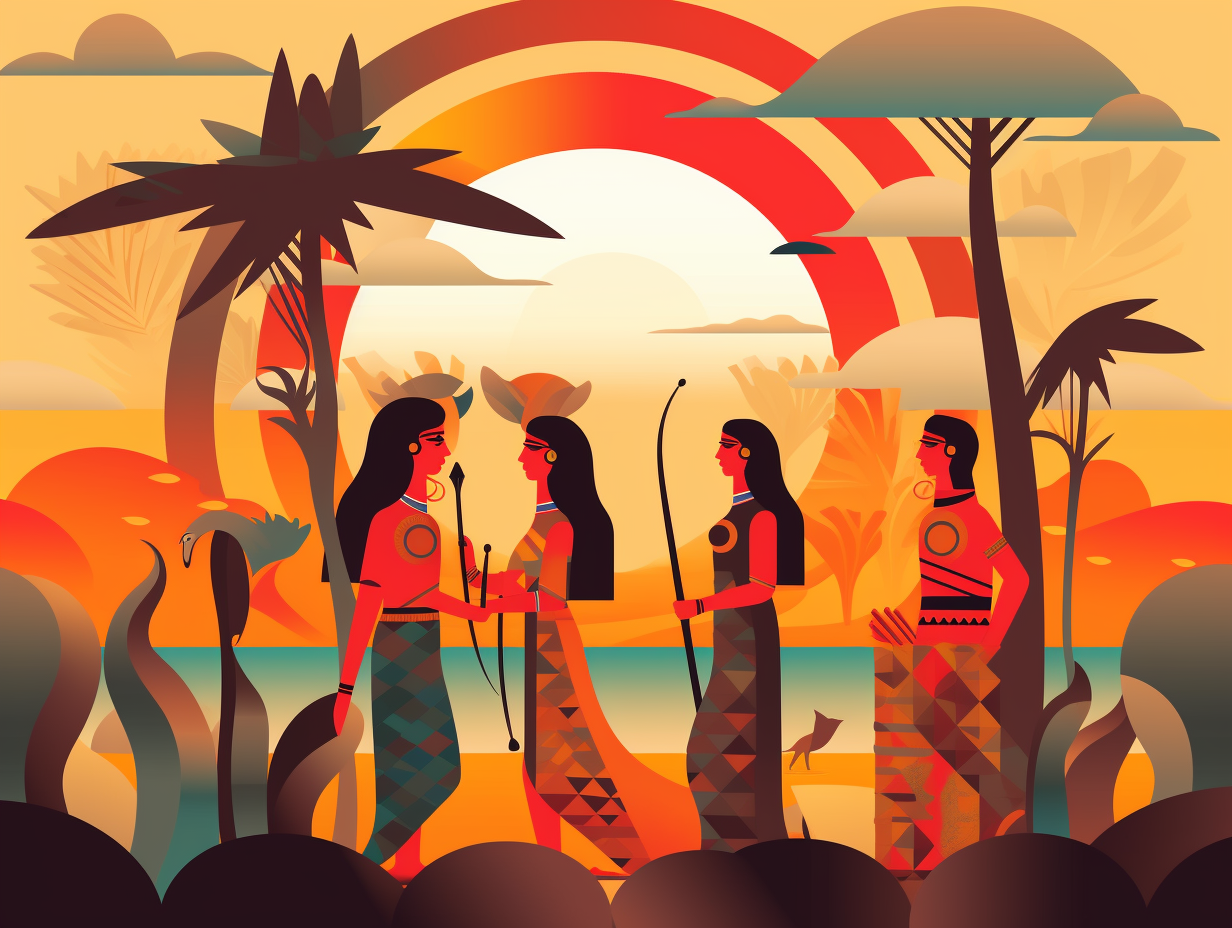
5. Hammurabi's Legal Code (Except Haircuts)
Ladies and gentlemen, hold on to your wigs, lest they fly away when you hear this blast from the past: the Code of Hammurabi is one of the earliest known legal codes, dating back to 1754 BCE, with 282 laws covering topics like slander, trade, slavery, and even worker duties – just make sure you don't need a lawyer for your next haircut or doctor's appointment, because medical fees and hairdresser prices were left out of the mix!
Source => courses.lumenlearning.com
6. Time is Babylonian Money
Before time was money, it was all about Babylonian math: Mesopotamia's ancient number crunchers, the Babylonians, inherited the Sumerians' brilliant sexagesimal numeral system which made calculations more manageable than other systems with fewer divisers. This out-of-this-world counting method laid the groundwork for their astronomical and mathematical feats, resulting in the 60-second minutes and 60-minute hours we still use for our timekeeping today.
Source => theguardian.com
7. World's Oldest Tinder Poem
When the world's oldest Tinder bio turned out to be a poem: The Love Song for Shu-Sin, written around 2000 BCE in ancient Mesopotamia, is the oldest love poem in existence. It was recited by King Shu-Sin's bride during the annual "sacred marriage" ceremony, celebrating beauty, romantic and erotic love, predating the biblical Song of Songs, and wasn't translated until 1951 by Sumerologist Samuel Noah Kramer.
Source => worldhistory.org
8. Saline Alien Crop Invasion
Well, give them the old "saline-alien" switcheroo: Mesopotamians, hitching a ride on the salt carousel over 6,000 years ago, watched as their precious wheat fields transformed into barley farms, thanks to the villainous salt accumulation in the soil and water. The sneaky saline infiltration eventually left a crusty signature that outlasted the civilization's memory and raised eyebrows for centuries to come.
Source => pubs.usgs.gov
9. Mesopotamian Beer Breakfast
While the rest of the world ponders "beer for breakfast?!", Mesopotamians were ordering pints of Ninkasi special with their morning barley: In ancient Mesopotamia, beer was a staple part of the daily diet, often consumed with every meal due to its affordability, and the locals revered the goddess of beer, Ninkasi, who they believed bestowed the frothy goodness upon them as a celestial gift.
Source => historyonthenet.com
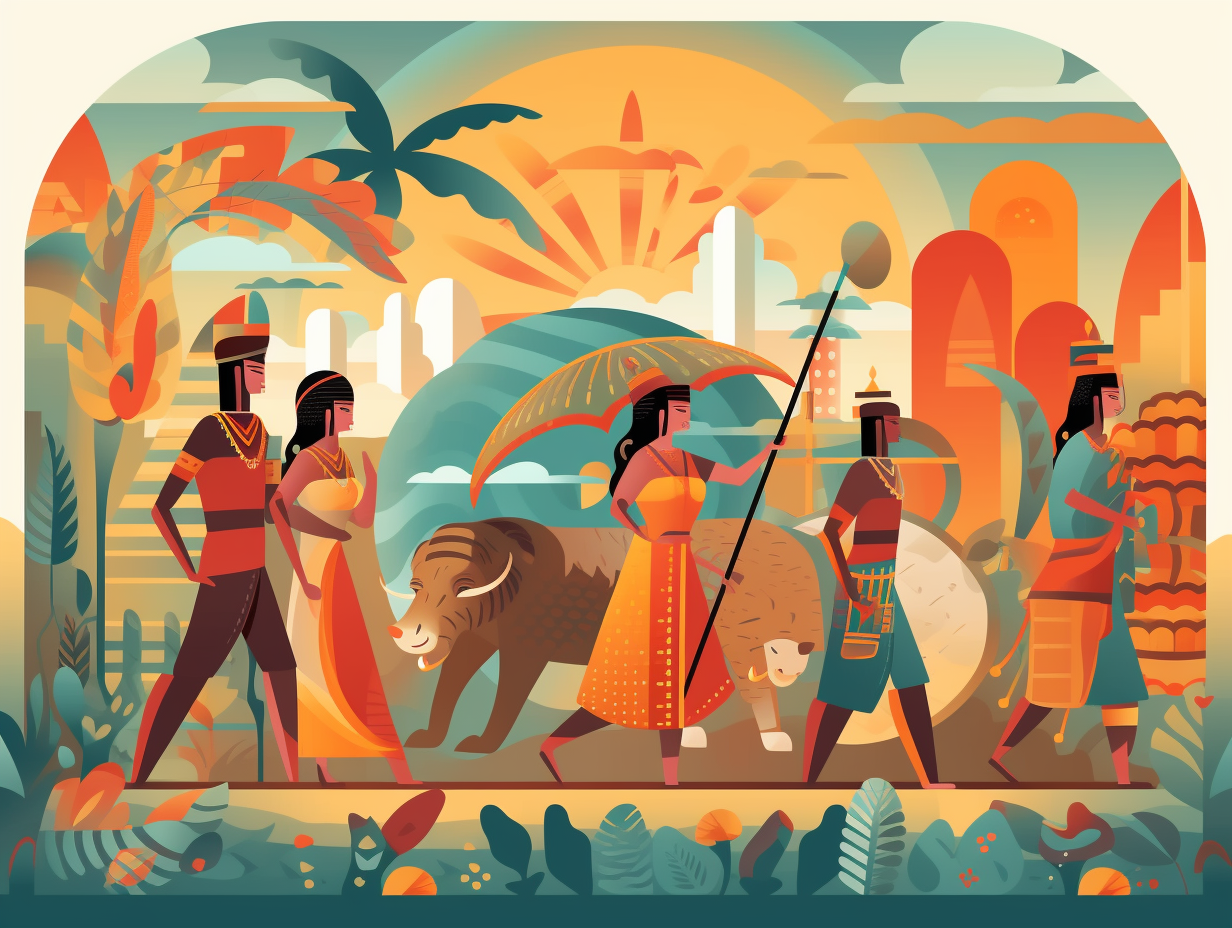
10. Hurrian Hymn: The Ancient Chart-Topper
"Step aside, Mozart; the Hurrian Hymn is here to orchestrate a history beatdown": The Hurrian Hymn is the oldest surviving melody in the world, dating back over 3,400 years, discovered on a clay tablet in modern-day Syria and dedicated to the goddess of orchards, Nikkal. Inscribed with Cuneiform text specifying intervals between 9 lyre strings, this ancient tune plays like a Mesopotamian guitar hero classic.
Source => classicfm.com
Related Fun Facts

